Have you ever wanted to explore the fascinating Historic Sites of Hawaii? The Big Island is full of unique and exciting attractions that will leave you in awe. From traditional Hawaiian temples to captivating cultural monuments, it has something for everyone who wants to experience history on this beautiful island. This article will explore some of the top historical attractions on the Big Island – from ancient heiaus and royal residences to World War II relics – so get ready for a journey down memory lane!
What Are Historical Sites Exactly?

Historical sites are preserved structures, landscapes, and artifacts due to their significance to society. They provide evidence of historical events and can also serve as a reminder of the wonders of humankind. Often they contain magnificent architecture that reflects the culture and values of a population or era. Historical sites can be made up of multiple buildings or objects, meaning they often take up much land too.
Examples include ancient ruins, castles, national parks, and memorials, all valuable reminders of cultural history and achievements. These historical sites allow you to appreciate different civilizations in ways beyond tangible records found in archives or literature; they offer you an opportunity to learn more about past events while simultaneously connecting with cultural heritage.
Different Historic Sites On The Big Island
Believe it or not, the Big Island has a rich history that dates back centuries. Here are some of the most interesting and important historical sites to explore while visiting:
Hulihe’e Palace
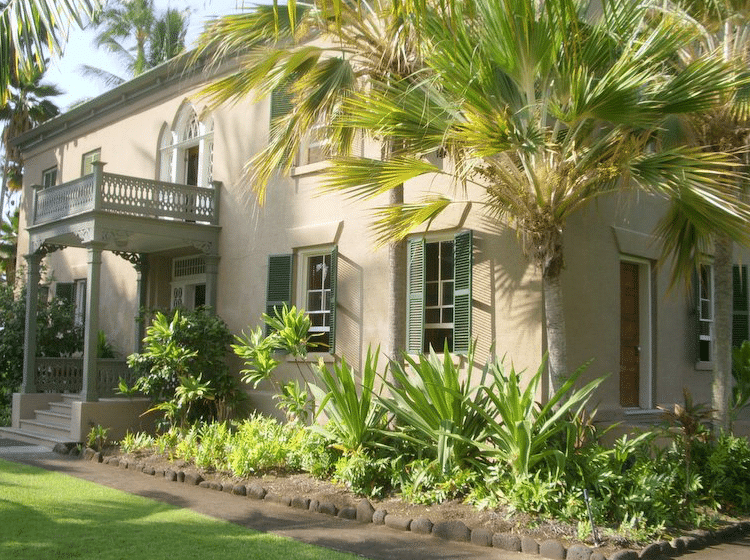
Hulihe’e Palace on the Big Island of Hawaii is a historic site steeped in cultural significance and history. Revealing much about Hawaiʻi’s political and cultural past, Hulihe’e Palace was built in 1838 by five high-ranking Hawaiian chiefs of Kona as an official location for residents to participate in civic activities.
Today, the historical monument remains very close to its original construction, with many of the furnishings made from koa wood when first established making their way into the palace grounds. From its vibrant architecture to the intricate carvings found atop its columns, visitors can witness traditional and modernized features within its walls as it stands today – a tribute showcasing both Hawaiian heritage and modernity on the Big Island.
Kahalu’u Bay
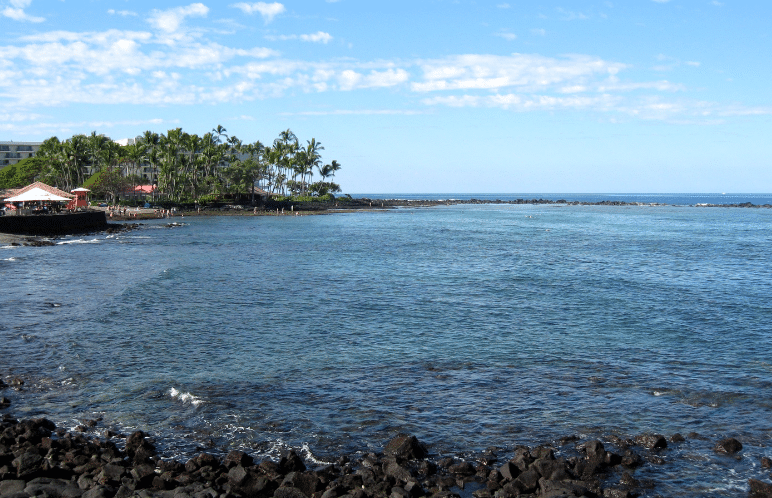
Located just a few miles South of Kona, Kahalu’u Bay on the Big Island of Hawaii is a cultural and historical surf spot with strong ties to the Hawaiian Royal Family. Archeologists believe King Kamehameha III was born in neighboring Keauhou Bay, and a plaque by the boat launch is a testament to his presence. Within walking distance lay remnants of an ancient temple, Kuʻemanu Heiau, which people used to pray for good surf and to observe the surfing feats that took place here.
Kahalu’u Bay remains an important historical site for leisure and recreation activities, hosting many great surfers looking for a challenge and excellent waves. Moreover, in a recent article on surfing in Kona, we have highlighted it as an ideal location for beginners to take their first lessons.
Kuamo’o Battle Site And Lekeleke Burial Grounds
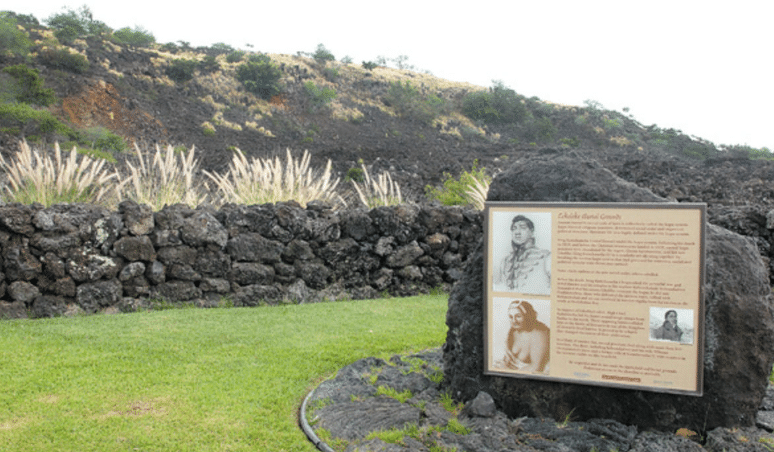
A short drive south of Keauhou Bay lies a site of immense historical importance in Hawaiian history, the battle of Kuamo’o. This was the last armed struggle between Hawaiians armed with Western guns and their traditional Kapu system and religious beliefs. After Kamehameha I’s death in 1819, his son and successor, Kamehameha II, attempted to abolish the Kapu system after being heavily influenced by influential advisors such as Queen Kaʻahumanu. This sparked outrage among many, especially his cousin Kekuaokalani, who took charge of a rebellion to overturn these decisions.
The Battle Of Kuamo’o ended with the Kona warriors led by his cousin unable to overpower the Supreme Chiefs forces. Nevertheless, it is an occasion that stands for honoring ancient Hawaiian customs and is an important reminder for historians today. Those interested in this bloody confrontation should also explore the nearby Lekeleke Burial Grounds for insights into local Hawaiian culture.
Pu’uhonua O Hōnaunau National Historical Park
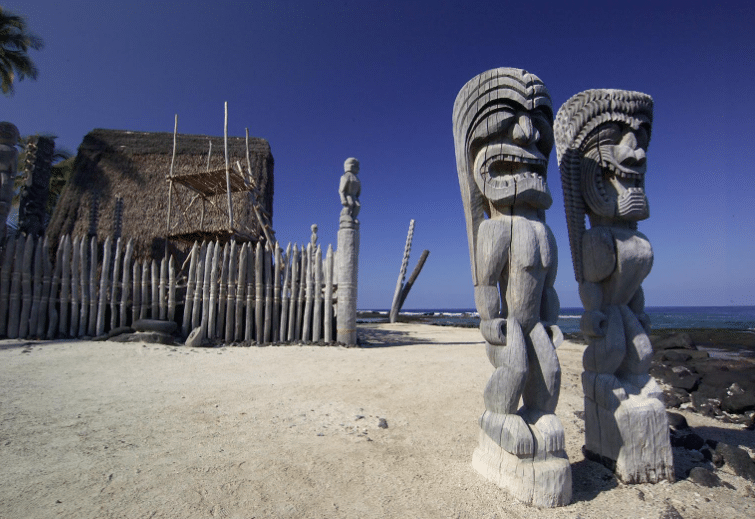
As the only preserved Pu’uhonua in the Hawaiian Islands, Pu’uhonua O Hōnaunau National Historical Park is a significant reminder of ancient Hawaiian cultural and spiritual traditions. Its history stretches back to times of war and Kapu law when people had to run for their lives to secure safety and absolution for breaking the law. People seeking refuge would find absolution from a high priest and shelter for children and elders.
In 1961, this historic location was restored and designated as a National Historical Park, allowing people today to glimpse its fascinating history by touring the grounds or picking up gifts at the gift shop. This site is an incredible way to learn about ancient Hawaiian culture.
Petroglyphs
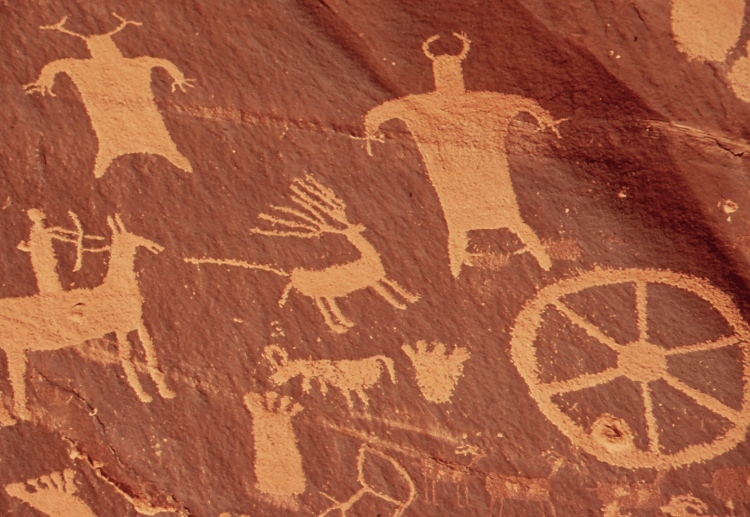
Exploring and learning about Hawaiian culture is an unforgettable experience for anyone visiting the Big Island. Many tourists don’t realize that this place’s history may be carved in stone. Located on the Big Island are three different sites showing off Hawaiian petroglyphs, or “k’i’i pohaku”, which date as far back as the 16th century. Wildly varied in size and shape, many symbols have been carved into the rocky surfaces at Waikoloa Petroglyph Preserve, Puakō Petroglyph Preserve, and Pu’u Loa Petroglyph Field near Chain of Craters road at Hawaii Volcanoes National Park.
These historic sites are great opportunities to see firsthand evidence of ancient Hawaiian people’s everyday lives while possibly unlocking their mystery-filled messages. Love Big Island’s website can provide more information about this Big Island treasure trove, bringing knowledge and delight to all who journey there.
Pu’ukohola Heiau
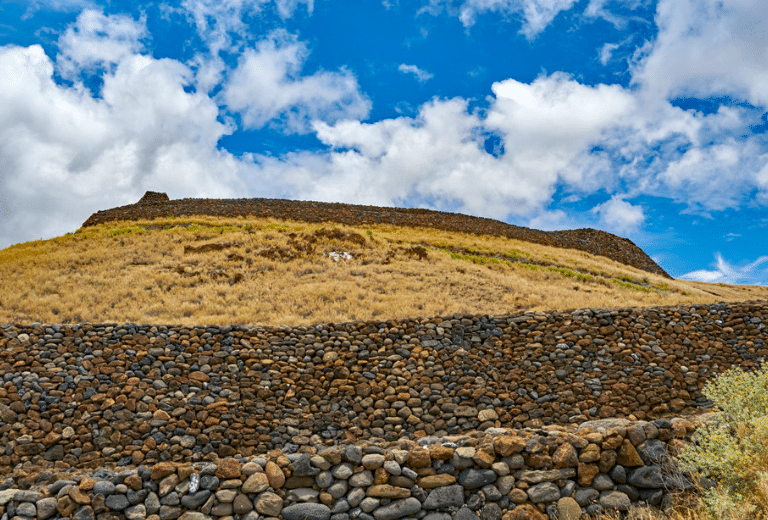
Pu’ukohola Heiau, located off the coast of Kohala on the Big Island, symbolizes Hawaiian history and culture. Pu’ukohola Heiau was the last ancient temple built in Hawaii and was completed in 1791 under King Kamehameha I. The people constructed the temple using stones from Pololū Valley transported by an incredible human chain from inland to the ocean.
Though visitors to this site cannot enter or touch the Heiau, it’s worth taking a trip to Pololū Valley before visiting to understand and appreciate how great an effort this must have been – an effort made all those years ago!
Lyman Museum And Mission House
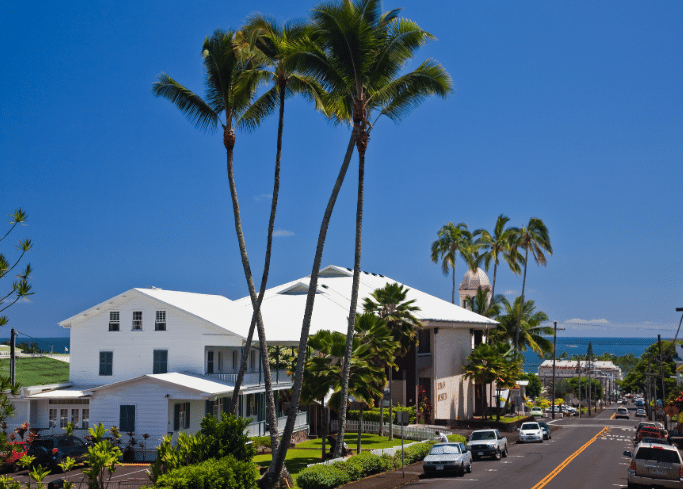
Exploring the fascinating history of the Big Island of Hawaii can be revelatory and genuinely inspiring. One of the best ways to gain an in-depth understanding of this mesmerizing place is to explore its renowned historical sites. The Lyman Museum and Mission House provide a priceless opportunity for visitors to do just that. Built in 1839 by their New England missionaries Sarah and David Lyman, these two buildings offer a comprehensive view of Hawaii’s past.
On the premises, visitors will find artifacts, archives showcasing the many aspects of Hawaiian culture and history, natural history exhibits, and special exhibitions. It is a unique experience to observe through these two landmarks how life was over 150 years ago and observe firsthand various aspects of contemporary Hawaiian culture. A visit to Lyman Museum and Mission House promises a holistic and eye-opening visit that will no doubt stay with visitors forever.
Which One Of These Historical Sites Will You Visit?
In conclusion, the Big Island of Hawaii is home to many incredible sites that tell stories of Hawaiian culture and history. From petroglyphs carved centuries ago to the Pu’ukohola Heiau and the Lyman Museum and Mission House, there are plenty of opportunities for visitors to immerse themselves in this fascinating place. No matter which historical site you choose, you will surely experience an unforgettable journey as you explore and learn about the Big Island’s past.
